Find out more
JAPANESE, FROM HEADLIGHT TO TAIL-LIGHT
Discover Mazda’s award-winning designs
Zoom-Zoom discovers how Mazda’s Japanese heritage and design philosophies inspire the form and shape of its vehicle interiors.
Words Tommy Melville
![]()
MA
A traditional Japanese room is often decorated with considered refinement, only featuring a few carefully chosen elements. Ma is the beauty and tension found within the vacant space between these elements. In the context of car design, it is about resisting the temptation to overload the interior with a large number of extraneous elements; being restrained and minimal with design, whether that is for the interior or exterior.
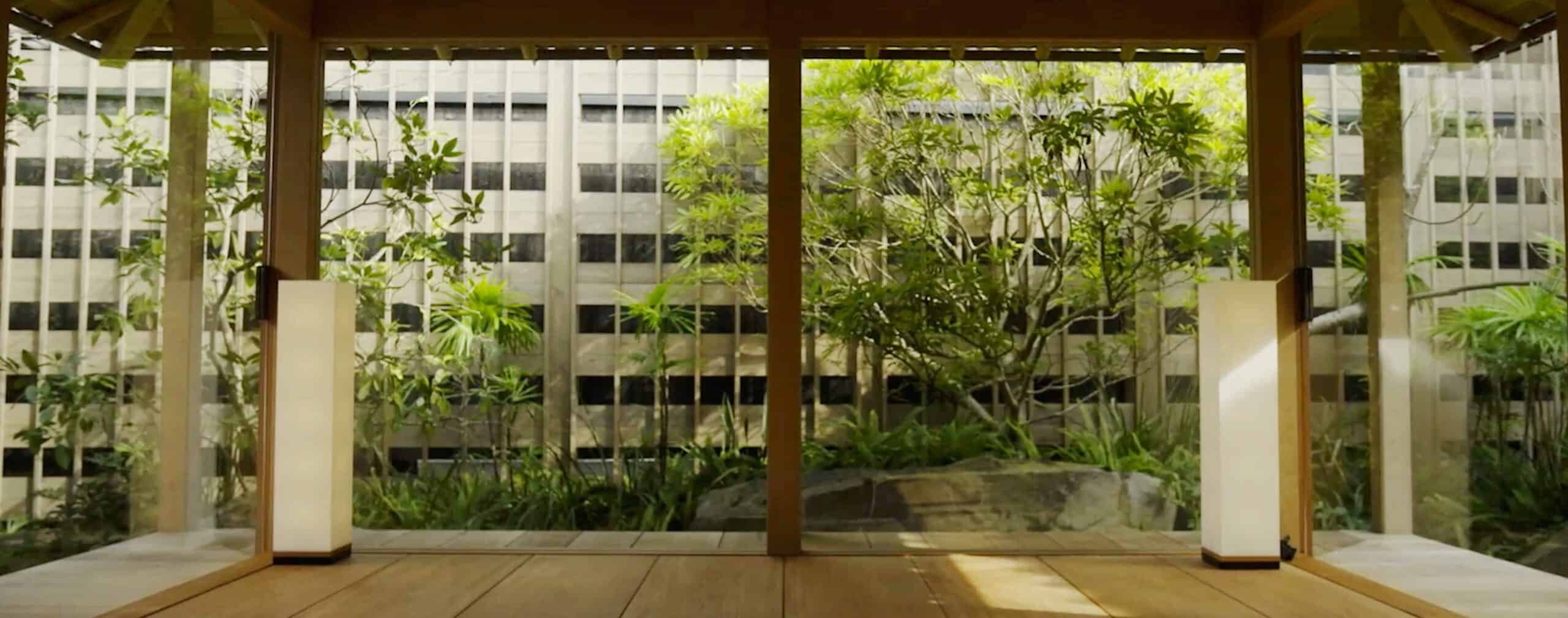
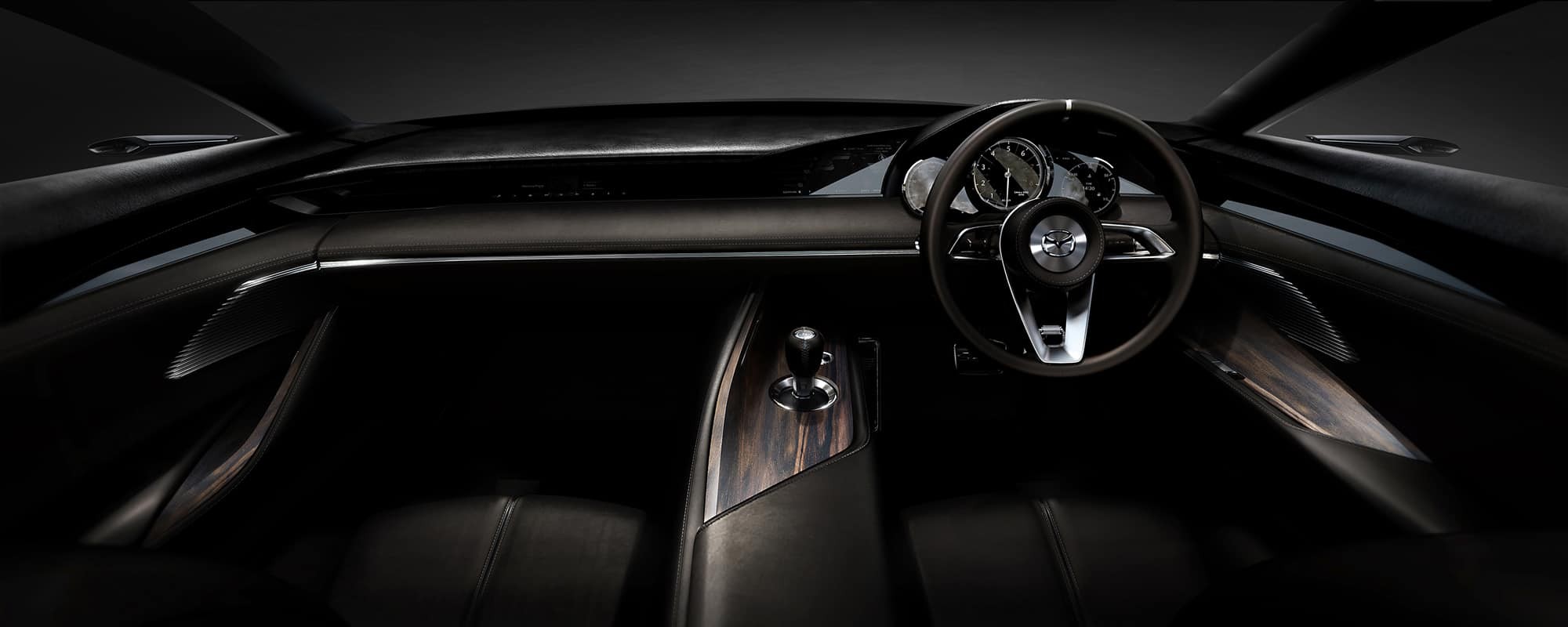
Ma is the power and tension that space creates, as demonstrated in the Japanese room (top) and car interior.
![]()
KAICHO
This philosophy is about curating a space – in Mazda’s case, a car interior. Kaicho enhances the space that Ma creates. It does this by harmoniously combining a mix of different materials and textures that complement each other, becoming more than the sum of their parts and producing simplicity and sophistication from complexity. Lighting is also a key attribute of Kaicho. Mazda employs subtle, soft, indirect lighting to enhance the feel of harmony in its cars.
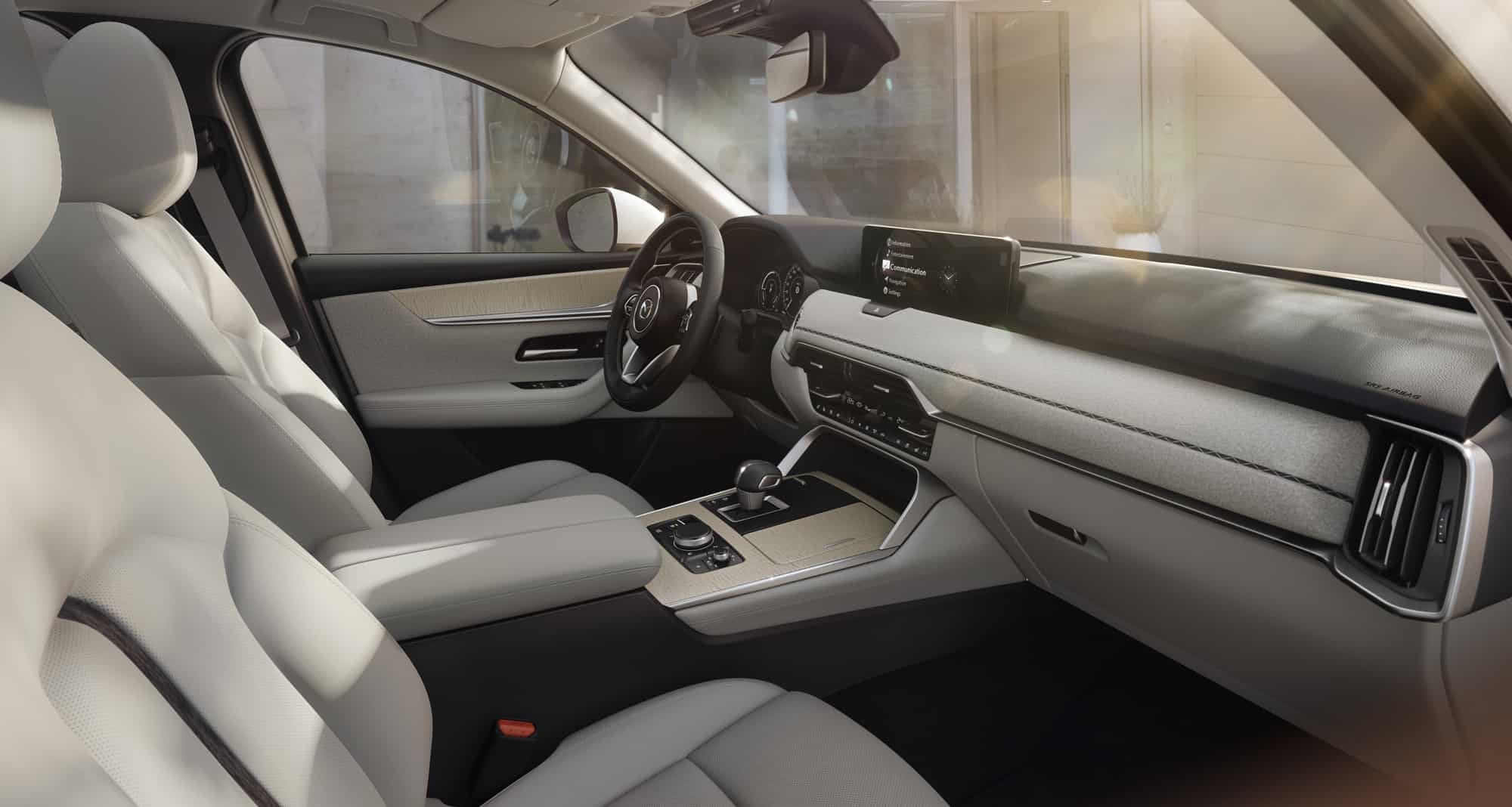
HACHO
Hacho translates roughly as “broken rhythm”. In the context of car design, Mazda employs Hacho to imbue a car’s interior space with rhythm and dynamism. The careful use of angles and elements creates a space that is simultaneously peaceful yet uplifting, comfortable and also engaging.
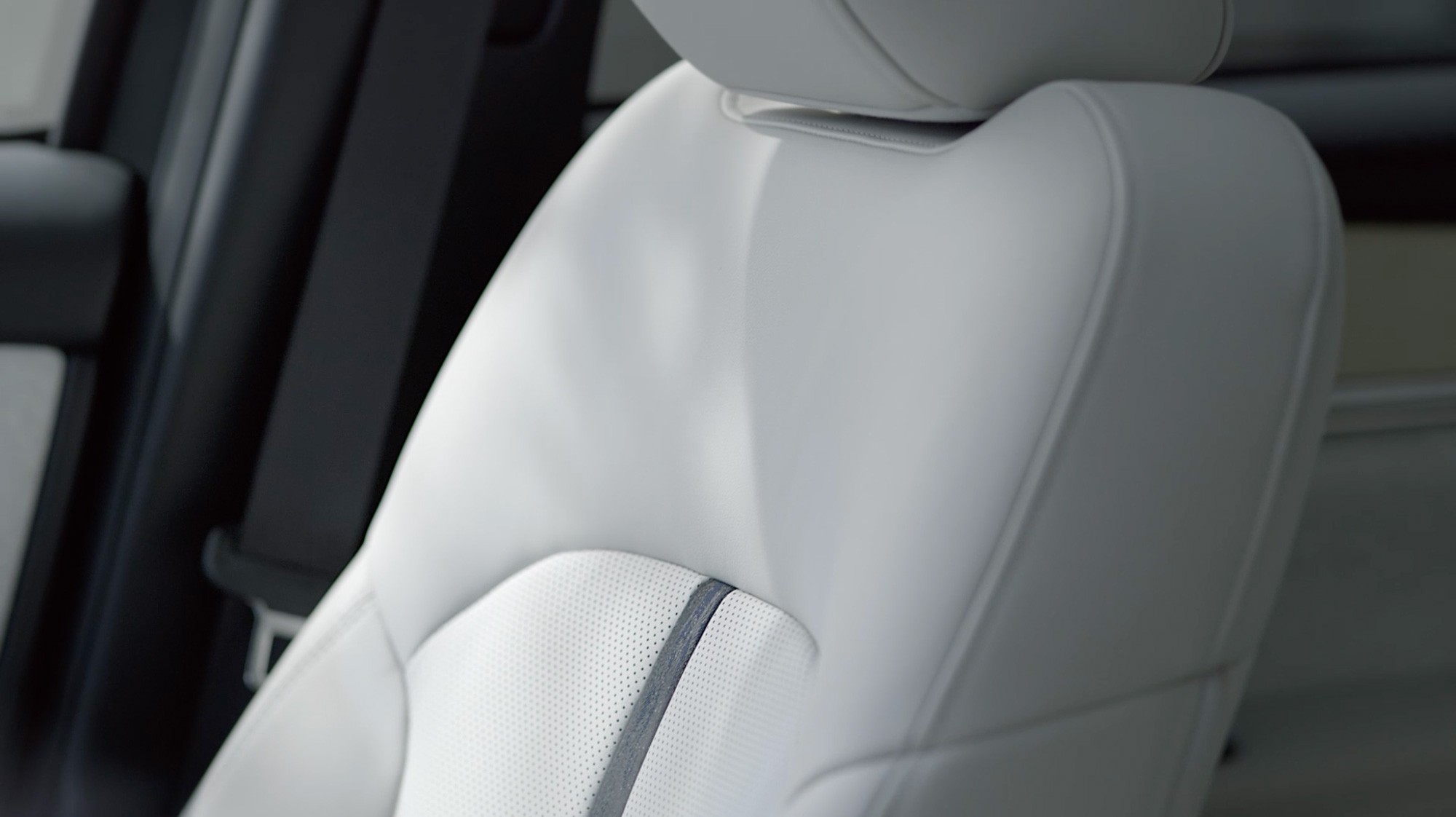
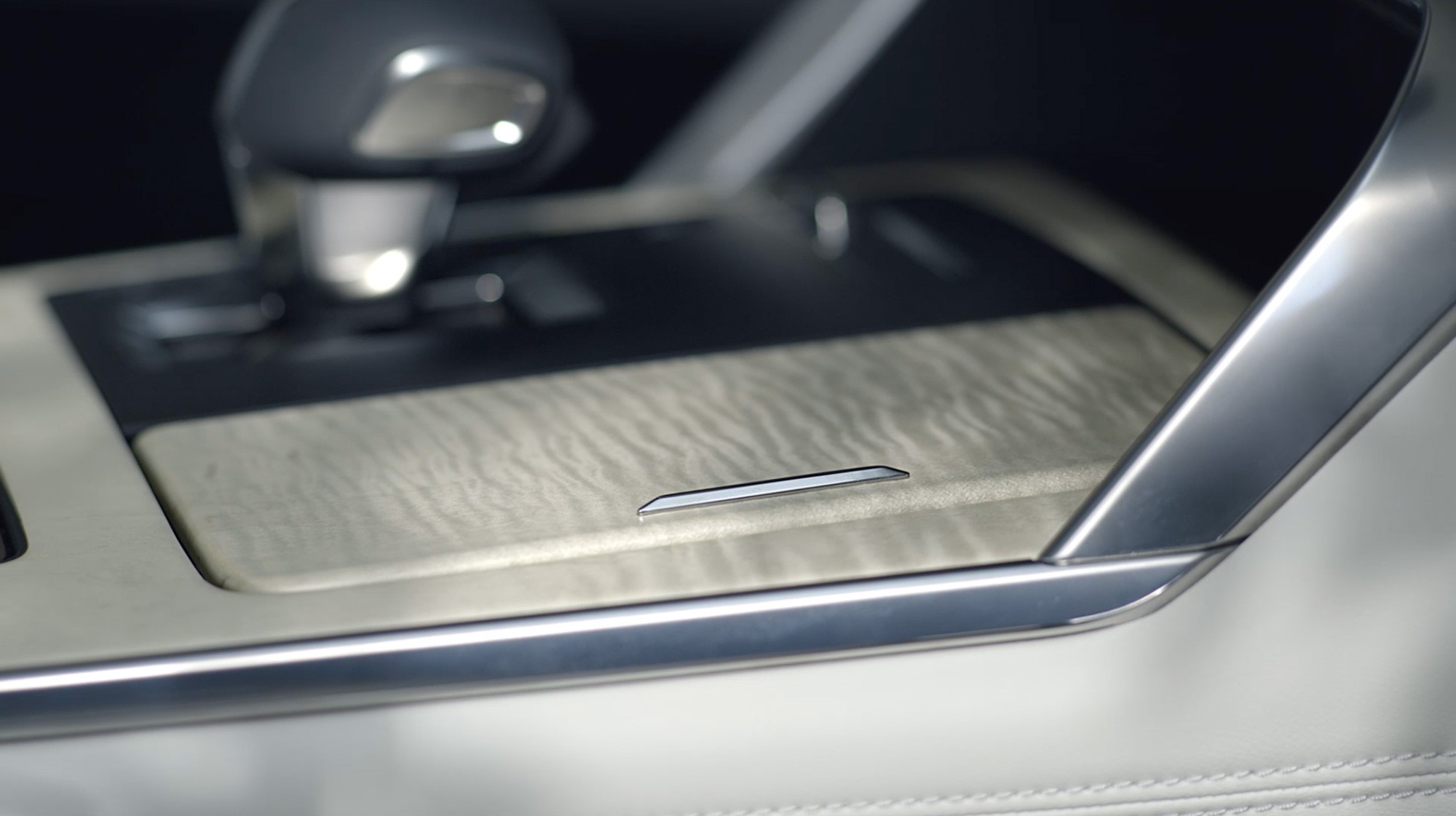
The Mazda CX-60’s seats (top) feature a variety of materials crafted together at different angles to create rhythm and harmony.
![]()
![]()
MUSUBU
Musubu is the philosophy of connection. In Japan, the precision art of knot tying, whether it is the strap of a traditional warrior’s helmet or a kimono, is elevated to an art form. Inspired by Musubu, Mazda has adopted a particular type of stitching for its interiors (below). This features a slight gap, as found in the ties of ancient Japanese harnesses and armour, allowing for human movement. This symbolically represents Jinba Ittai, the driving philosophy that makes each Mazda feel and perform like an extension of the driver’s body.
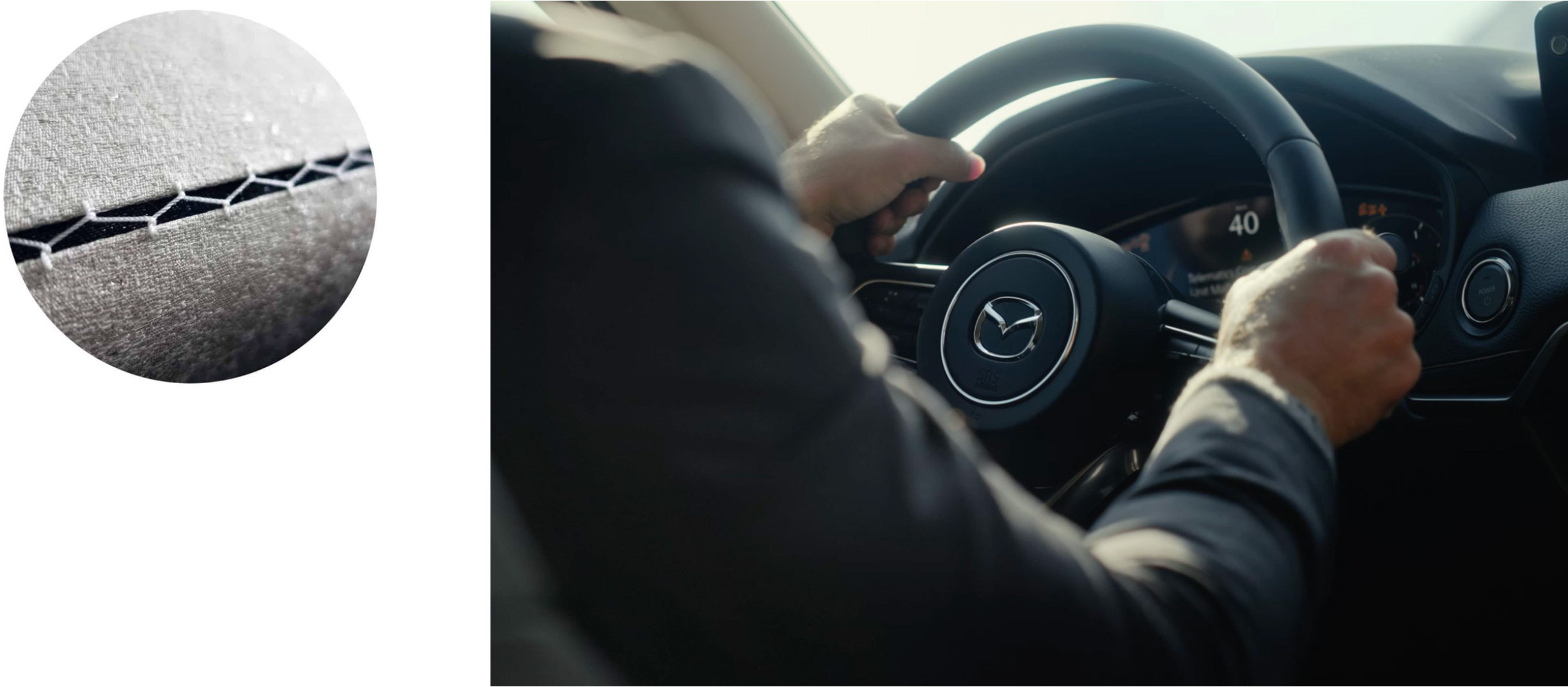
(Above left) Musubu inspired Mazda’s new interior design concept. (Above right) Mazda aims to connect car and driver through its Jinba Ittai philosophy.
Find out more
Discover Mazda’s award-winning designs